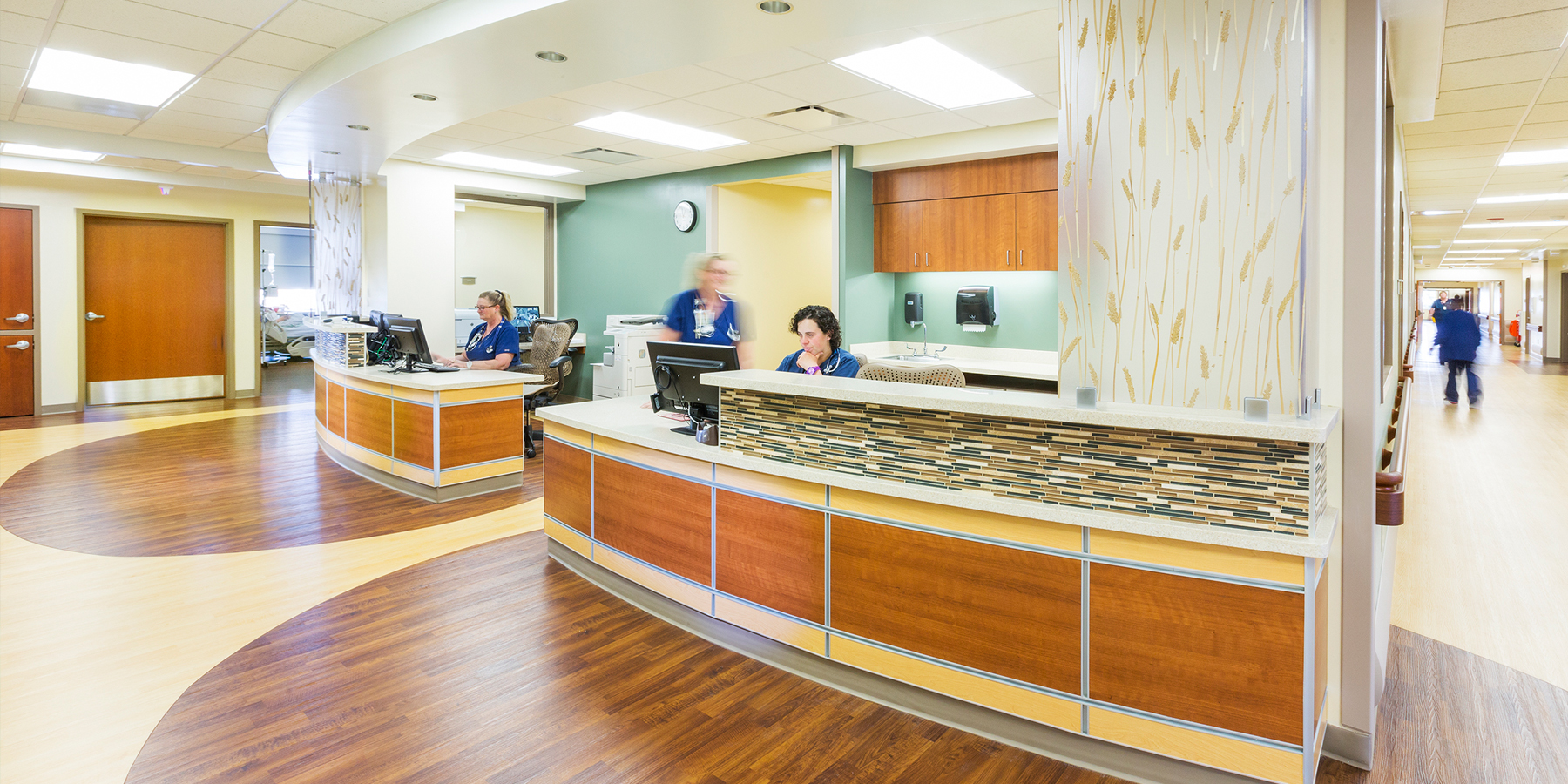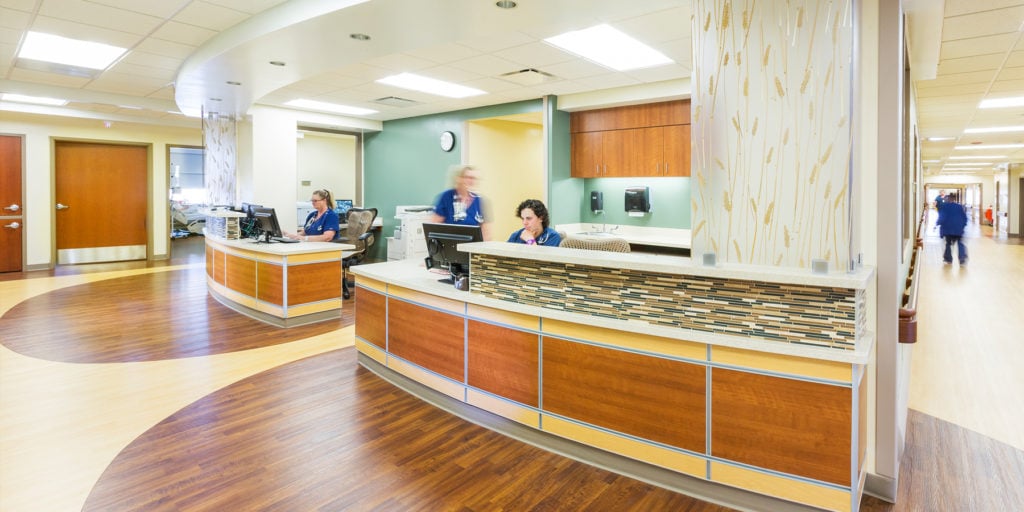
 Often times the spotlight in the healthcare industry is pointed towards larger urban facilities such as emergency care centers and major hospitals, while smaller rural facilities are getting left in the dust. Yet many of these rural communities are composed of an increasingly aging population with a growing number of residents who have chronic illnesses and special needs. People who need access to high-quality care. When we ask those who run these critical access hospitals what they'd like to change, we get a very long list; ranging from more staff and better service line offerings, to rooms wired for new technologies. The necessity for better rural healthcare is apparent, but not so easily remedied. What can we as architects do to help these critical access hospitals modernize their care? Let's find out!
Often times the spotlight in the healthcare industry is pointed towards larger urban facilities such as emergency care centers and major hospitals, while smaller rural facilities are getting left in the dust. Yet many of these rural communities are composed of an increasingly aging population with a growing number of residents who have chronic illnesses and special needs. People who need access to high-quality care. When we ask those who run these critical access hospitals what they'd like to change, we get a very long list; ranging from more staff and better service line offerings, to rooms wired for new technologies. The necessity for better rural healthcare is apparent, but not so easily remedied. What can we as architects do to help these critical access hospitals modernize their care? Let's find out!


